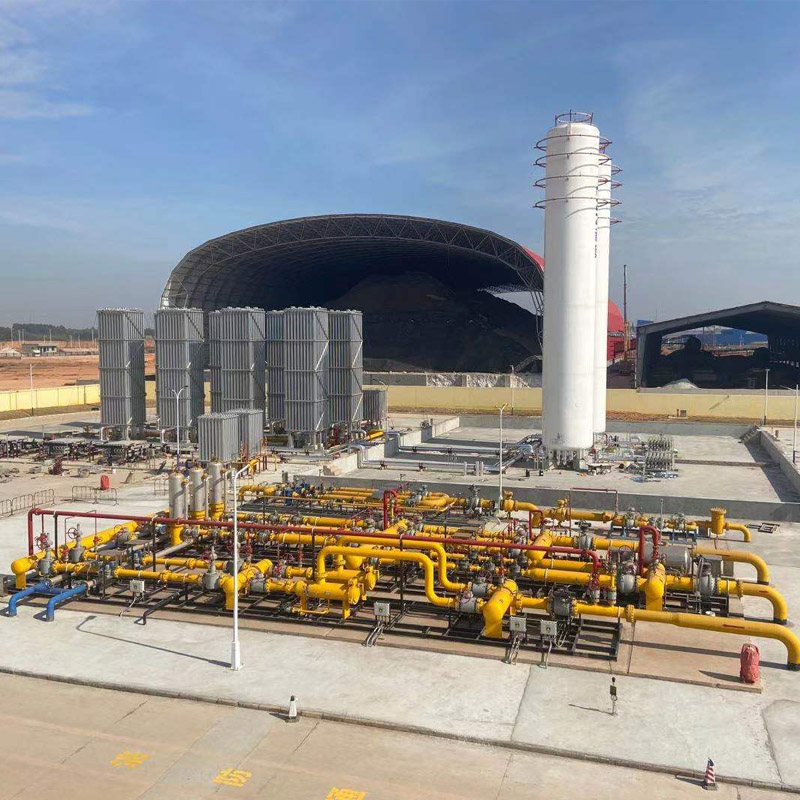
Nov . 26, 2024 07:59
Back to list
Understanding the Function and Importance of Pressure Relief Valves in Safety Systems
Understanding Relief Valves Essential Components for Safety in Engineering
Relief valves are critical safety devices employed in various engineering systems to maintain pressure levels within safe limits. From industrial applications to residential plumbing systems, relief valves play a pivotal role in preventing catastrophic failures that can result from excessive pressure buildup. This article aims to explore the function, types, and significance of relief valves in both industrial and domestic contexts.
What is a Relief Valve?
A relief valve is a mechanical device designed to limit the pressure in a system by releasing excess pressure. When the pressure in a system reaches a predetermined set point, the valve automatically opens to allow fluid—either gas or liquid—to escape, thereby reducing pressure and protecting the equipment and operations from potential damage. Once the pressure falls below the setpoint, the valve closes, ensuring that the system remains safely within operational parameters.
Types of Relief Valves
There are several types of relief valves, each designed for specific applications and operating conditions
. The most common types include1. Spring-Loaded Relief Valves These valves use a spring mechanism to hold a disc or plug against the valve seat. When the pressure exceeds the spring force, the valve opens, allowing fluid to escape. This type is commonly used in pressure relief applications across various industries, including oil and gas.
2. Pilot-Operated Relief Valves These valves utilize a smaller pilot valve to control the opening and closing of a larger main valve. The pilot valve responds to pressure changes in the system and is often used in high-pressure applications because it can manage larger flow rates while minimizing the size of the main valve.
3. Deadweight Valves Typically used in laboratory and testing environments, these valves use a weight to determine the opening pressure. This weight can be adjusted to set the desired pressure level.
4. Ball or Butterfly Valves with Relief Function In some applications, standard ball or butterfly valves may also serve as relief valves, provided they are designed appropriately to manage excess pressure.
relief valve

Significance of Relief Valves
The significance of relief valves cannot be overstated. Here are some key aspects illustrating their importance
- Safety Relief valves are integral to the safety of any pressurized system. By preventing overpressure scenarios, they help avert accidents such as explosions or equipment failure, thereby protecting both human life and property.
- Regulatory Compliance Many industries are subject to strict regulations regarding pressure management. Relief valves are often mandated by safety codes and standards, ensuring that systems comply with legal requirements.
- Operational Efficiency By maintaining optimal pressure levels, relief valves help ensure that systems operate efficiently. Overpressure can lead to energy losses, reduced equipment lifespan, and increased maintenance costs.
- Equipment Protection Sensitive equipment is often at risk from fluctuations in pressure. Relief valves provide a safeguard for pumps, vessels, and piping systems, prolonging their operational life and reducing the likelihood of costly repairs or replacements.
Maintenance and Inspection
To ensure that relief valves function correctly, regular maintenance and inspection are essential. Over time, factors such as corrosion, wear, and accumulation of debris can impede valve operation. Routine checks should include verifying the set pressure, inspecting seals and seats for wear, and ensuring that the valve can open and close effectively.
In conclusion, relief valves are vital components in safeguarding pressurized systems across various industries. Their ability to mitigate risks associated with overpressure contributes significantly to safety, efficiency, and compliance with regulatory standards. Engineers and maintenance personnel must prioritize the proper selection, installation, and maintenance of these crucial devices to ensure operational integrity and safety within their systems. Investing in reliable relief valves and adhering to maintenance protocols is not just a best practice; it is essential for the safety and success of engineering operations.
Latest news
-
Safety Valve Spring-Loaded Design Overpressure ProtectionNewsJul.25,2025
-
Precision Voltage Regulator AC5 Accuracy Grade PerformanceNewsJul.25,2025
-
Natural Gas Pressure Regulating Skid Industrial Pipeline ApplicationsNewsJul.25,2025
-
Natural Gas Filter Stainless Steel Mesh Element DesignNewsJul.25,2025
-
Gas Pressure Regulator Valve Direct-Acting Spring-Loaded DesignNewsJul.25,2025
-
Decompression Equipment Multi-Stage Heat Exchange System DesignNewsJul.25,2025

